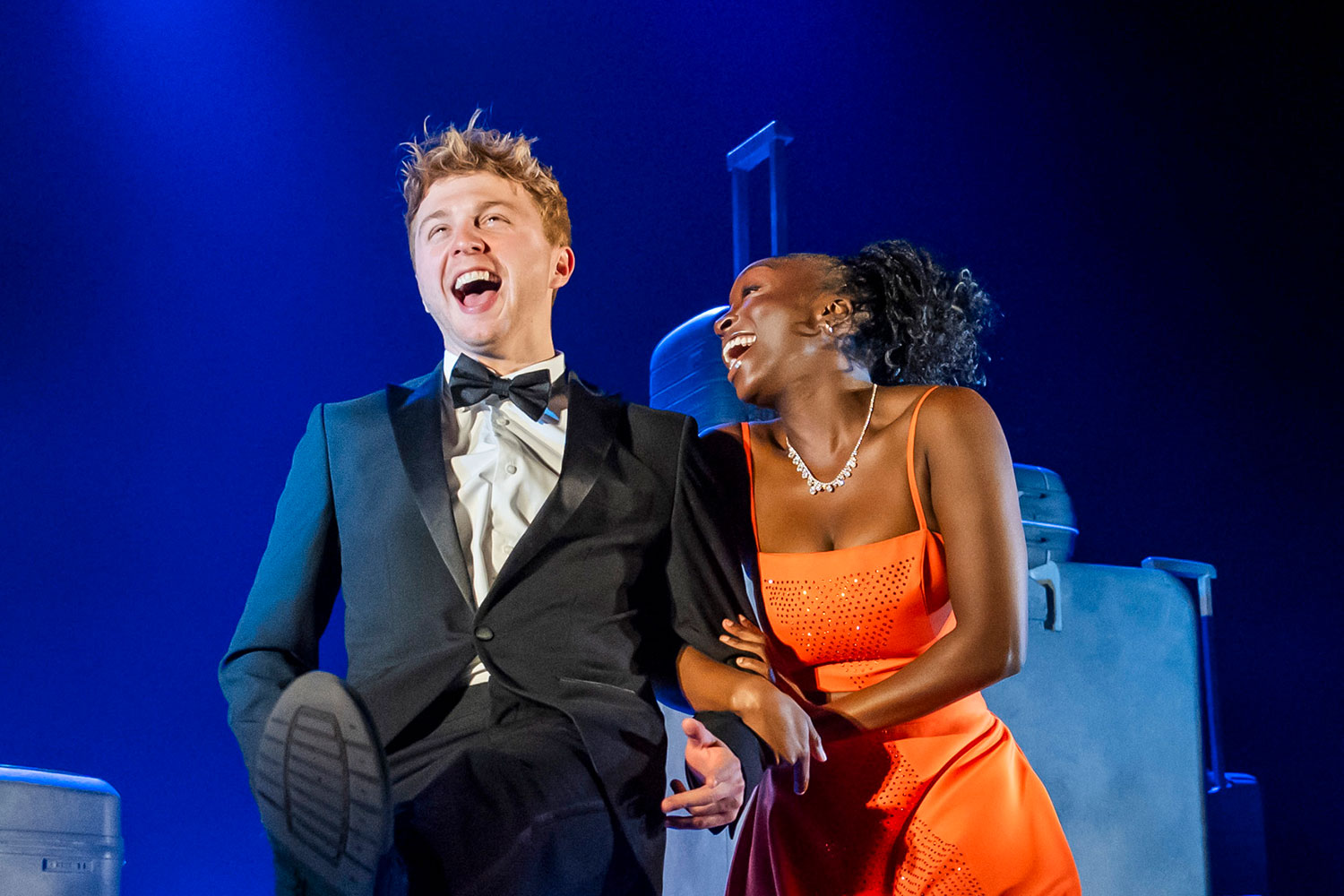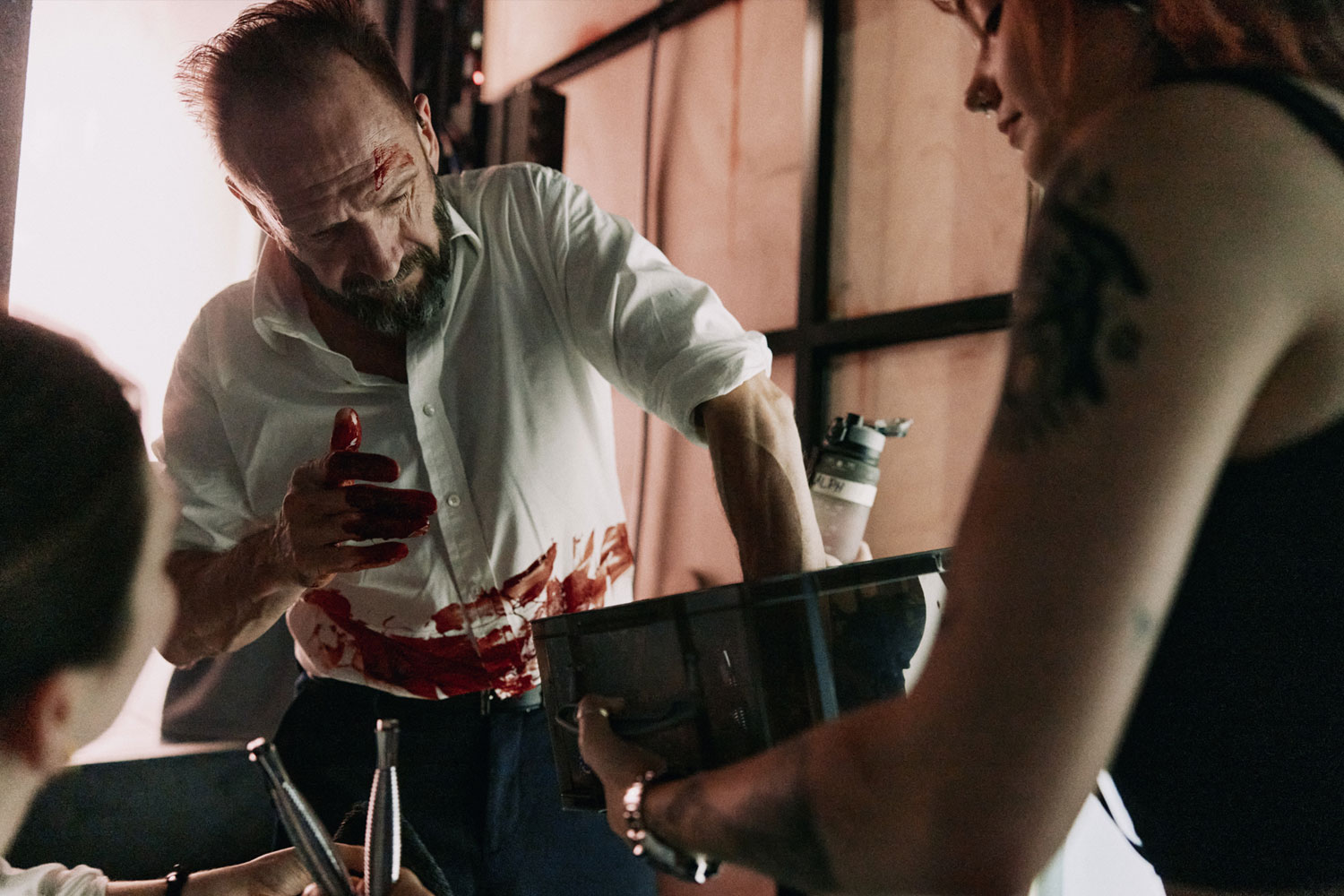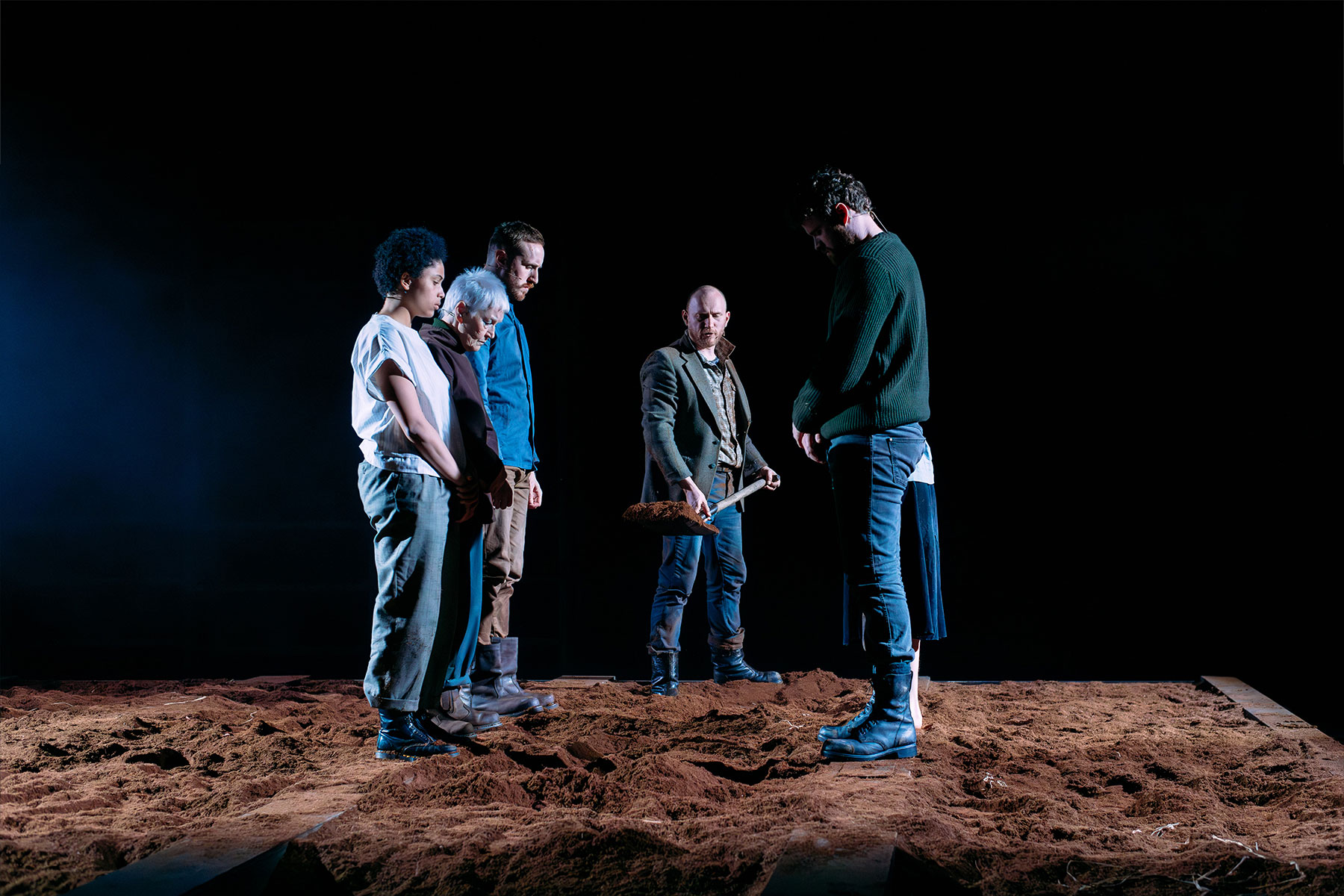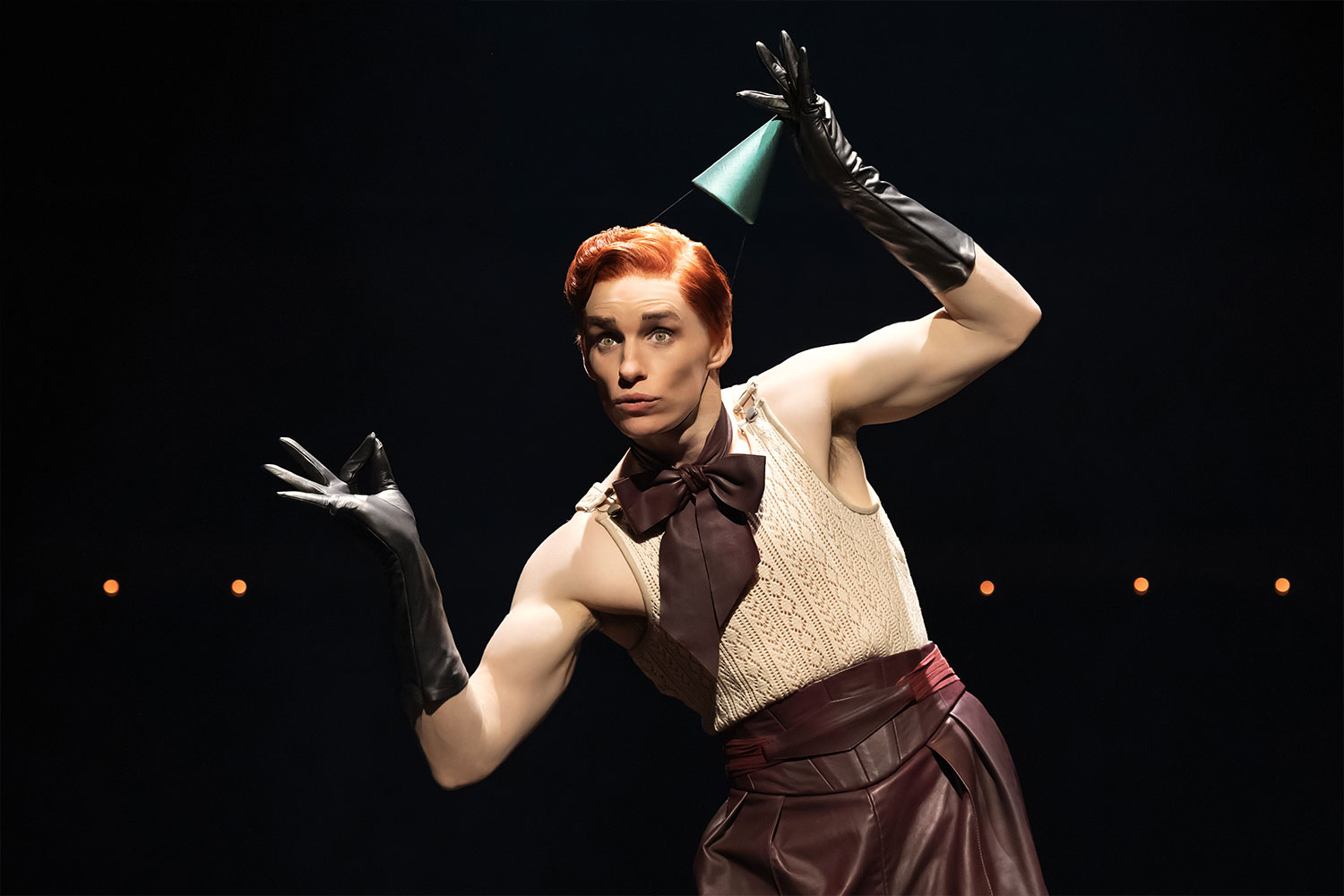ENO’s 2009/10 Season in Full
With £5 million of reserves, Tomasi said the immediate future is secure, whatever effect the recession may be having. She described ENO as in “the best place it’s ever been”, with audiences for the current season at around 70% of capacity.
This compares with 79% for the whole of 2007/8 and, with a new David Alden production of Peter Grimes, Katie Mitchell’s After Dido at the Young Vic and a new Cosi still to come, there’s a good chance the figure will rise.
The new season is attractive, with a range of operas that is sure to please most people. There are two contemporary works (if a work by somebody who died three years ago can still be called contemporary). György Ligeti’s Le Grand Macabre was one of the most entertaining productions of the early 80s, when ENO mounted its original version.
Ligeti and Henze
The opera is now back, as the season opener, in the 1996 revised version, and a production (opening 17 September) by Catalan theatre group La Fura del Baus that has already been a hit at La Monnaie, Brussels. It takes the form of a wildly surrealistic trip to the point of wordly extinction, with an exciting score that begins with a chorus of car horns (I hope that’s something that hasn’t been revised!).
The now regular Spring jaunt across the river to the Young Vic will next year see the presentation of Hans Werner Henze’s Auden-collaboration Elegy for Young Lovers (playing during April 2010). Actress Fiona Shaw, returning after a largely successful production of Vaughan Williams’ Riders to the Sea last November, will direct the 1961 opera.
These two projects may well contribute to ENO’s Holy Grail quest for the younger audience. They seem to be having some success with their “Access All Arias” initiative (the free scheme aimed at under 30s), which now boasts a membership of 7500. The management team claim that the recent run of John Adams’ Doctor Atomic brought in around 70% first time attenders. If this figure proves correct (the research is yet to be verified), it’s an impressive achievement (not that new necessarily means young but there’s a fair chance it does).
Punchdrunk
At the very end of the season (June/July 2010), the company will link up with Felix Barrett’s Punchdrunk for a new production of a commissioned world premiere. No other details are currently available but it will take the group’s usual form of highly visual and physical theatre in a “found” space (“although we haven’t yet found the space” quipped Berry).
Another production likely to attract new audiences is Turandot (October), both because of the opera’s perennial appeal (it includes Nessun Dorma: the world’s best known aria?) and the recruitment of theatre wonder boy Rupert Goold as director. For many, Goold can do no wrong (despite some wobbles over the recent King Lear), so his operatic debut is sure to be a draw. As one of a minority yet to be convinced that he deserves his golden reputation, I’ll be watching this production with interest.
Bartok and Stravinsky
The double-bill of Bartok’s Duke Bluebeard’s Castle and Stravinsky’s The Rite of Spring (November) should also reach beyond the boundaries of the “conventional” opera audience. With the Royal Opera and the Royal Ballet currently sharing the stage at Covent Garden (Dido and Aeneas and Acis and Galatea), combining opera and dance seems to be the flavour of the season.
For this thoroughly enticing programme, Daniel Kramer (described by Edward Gardner as a “genius” after their collaboration on Punch and Judy last year) will direct the Bartok and Michael Keegan-Dolan choreographs his dance company Fabulous Beast in the Stravinsky work.
Janacek and Handel
David Alden will follow-up his Jenufa (thrillingly revived just recently) with another Janacek opera, the late masterpiece Katya Kabanova . It’s an opera that has had a lot of exposure of late – Charles Mackerras conducted it for the Royal Opera 18 months ago, English Touring Opera have it out in the regions right now and it forms part of Opera Holland Park’s programme this Summer. If Alden makes as much a success of it as the earlier work, this will be reason enough to catch it again so soon.
The remaining new productions in the 2009/10 season are on the more popular side. Deborah Warner will stage Handel’s Messiah in November. Not everyone (present writer included) was overly impressed with her staging of Bach’s St John Passion around the turn of the century, so it’ll be interesting to see what she comes up with this time.
Miller’s return
Jonathan Miller’s The Elixir of Love has been seen at the New York City Opera and makes it to the Coliseum in February. The veteran director is reunited with designer Isabella Bywater, the two having worked together on the recent La bohème. It is relocated to the American Southwest circa 1950 and the cast will include Sarah Tynan (Adina) and Andrew Shore (Dulcamara).
The main house season will end with a trio of new productions: Tosca (May), directed by star soprano Catherine Malfitano with the rapidly-rising Amanda Echalaz in the title role, The Pearl Fishers (June), directed by Penny Woolcock (who did Doctor Atomic) and a Katie Mitchell Idomeneo, also in June.
Mozart’s Idomeneo
The latter, Mozart’s opera seria set in the aftermath of the Trojan War, will be seen on the Coliseum stage for the first time since 1962. It will have an all-British cast of Paul Nilon, Emma Bell, Sarah Tynan and Robert Murray, with Gardner conducting (one of five productions the musical director will conduct during the season).
That just leaves the revivals and, apart from Jonathan Miller’s mafia Rigoletto, brought out for the umpteenth time, they are all receiving only their second runs: David McVicar’s superb The Turn of the Screw in October, with the same cast as two years ago, David Alden’s Lucia di Lammermoor in February (with Anna Christy again in the lead) and Improbable’s puppet and opera take on Gandhi’s life with Philip Glass’ Satyagraha (February).
No new Britten
There’s no new Britten production, despite ENO’s pledge to produce the whole canon. John Berry seemed to be suffering from managerial amnesia when asked about this at the press conference, saying “Well, we’ve pretty much done them all”, something that is blatantly not the case. Perhaps like the promised Monteverdi cycle (abandoned after the appalling Coronation of Poppaea), it has fallen by the wayside. Long-term projects not a speciality then.
One might think that the ENO management team is straining to prove its credentials as a thrusting, innovative and in-touch organisation, with tie-ins to no fewer than four “maverick” theatre companies, but it’s a programme of great variety and integrity (none of the ill-fitting directors/designers of no experience that has marred recent seasons).
It looks like a pretty exciting time ahead for the company and for London operagoers. The Royal Opera will announce its forthcoming plans on 22 April.
Photograph: musical director Edward Gardner
– Simon Thomas










